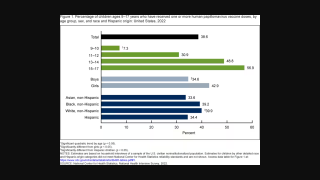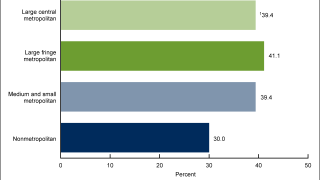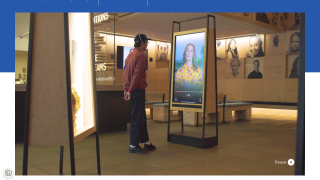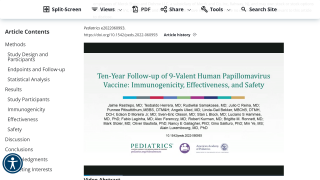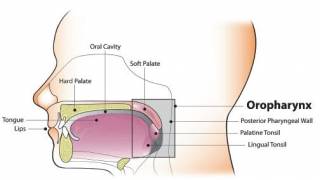HPV Cancer Vaccinations Stall for Second Year

New data published by the U.S. Centers for Disease Control and Prevention (CDC) indicates that Human papillomavirus (HPV) vaccination coverage among adolescents in the United States did not increase.
Published in the Morbidity and Mortality Weekly Report (73(33);715–721) on August 22, 2024, the CDC's National Center for Immunization and Respiratory Diseases data shows that HPV vaccinations decreased slightly last year, reaching 61.4% in 2023, lower than the 62.6% reported in 2022.
This is concerning because HPV vaccines are a crucial public health tool in preventing most cervical cancers in women.
Worldwide, cervical cancer is the fourth most common cancer among women.
HPV vaccination has been reported to prevent about 92% of HPV-attributable cancers.
Contrary to this CDC-reported trend, Merck announced in late July 2024 that its HPV vaccine products experienced sales increases.
Merck confirmed a 4% growth in the market-leading GARDSAIL / GARDASIL 9 HPV vaccines primarily due to higher sales in the U.S.
As of August 23, 2024, HPV vaccines remain available for eligible people at most clinics and pharmacies in the U.S.
Furthermore, the CDC's Vaccines for Children program provides recommended vaccines at no cost to eligible children and adolescents. Overall, vaccination coverage among VFC-eligible adolescents remained stable last year.
Our Trust Standards: Medical Advisory Committee






